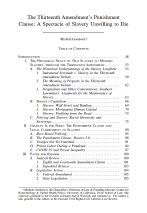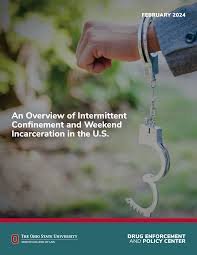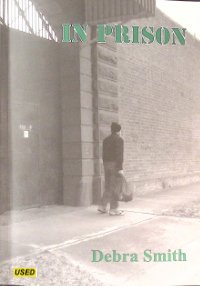By Cassia Rowland | Thomas Pope
The prison system in England and Wales is in an extremely poor state. Levels of violence, self-harm and drug use are shockingly high, prisoners’ work and education opportunities severely limited. Buildings are crumbling or in severe disrepair, many dangerously so, and physical conditions often unsanitary.1,2 Inexperienced staff are struggling to cope with these increasingly fraught circumstances. The failure of successive governments since at least the early 2000s to expand the number of places to meet the growing number of prisoners has put severe pressure on capacity and exacerbated this decline.3 Deep funding cuts implemented in the early 2010s have still not been fully reversed, even as the prison population has hit new highs.4 And while capital investment has risen sharply in recent years, this is focused on building new prisons and is insufficient to address the growing maintenance backlog.5 In just the last two years, eight prisons have been issued with ‘urgent notifications’ by the prisons inspectorate, escalating serious concerns directly to the secretary of state.6 Cuts to prison officer numbers as part of the coalition government’s austerity programme began to bite from 2012/13, with officer numbers in 2013/14 down 26% from 2009/10 and then staying flat until 2016/17, even as the prison population rose.7 Recruitment since 2017/18 has partially reversed this, but many of these new officers have been to staff new prisons, leaving the number of prison officers per 1,000 prisoners in March 2024 still 8% below 2009/10 levels. Crucially, even as workforce numbers have recovered, the average officer is now much less experienced than before staff cuts. This combination of reduced staff numbers and experience is likely to have contributed substantially to prisons’ overall declining performance. That is the national picture. But what is the situation within individual prisons? Which are doing better or worse, and what might be driving that? This report – the first in a new series of analyses of public services at the local level across England and Wales from the Institute for Government and funded by the Nuffield Foundation – digs into the detail of prison performance to answer some of these questions. We find widespread decline across most prisons on a range of measures. Violence, self-harm and ‘protesting behaviours’ have risen sharply across almost all prisons. However, some buck the trend – particularly open prisons (category D sites). Clearly this is at least in part to do with the types of prisoner these prisons hold. But that is not the whole story, with open prisons continuing to outperform other categories even as the prisoner mix has changed in the last year. What is clear is that overcrowding and a lack of purposeful activity for prisoners are significantly associated with poor performance, especially violence. Reception prisons, with the highest levels of overcrowding and lowest purposeful activity, are over-represented among the worst performers
London: Institute for Government, 2025. 45p.





















